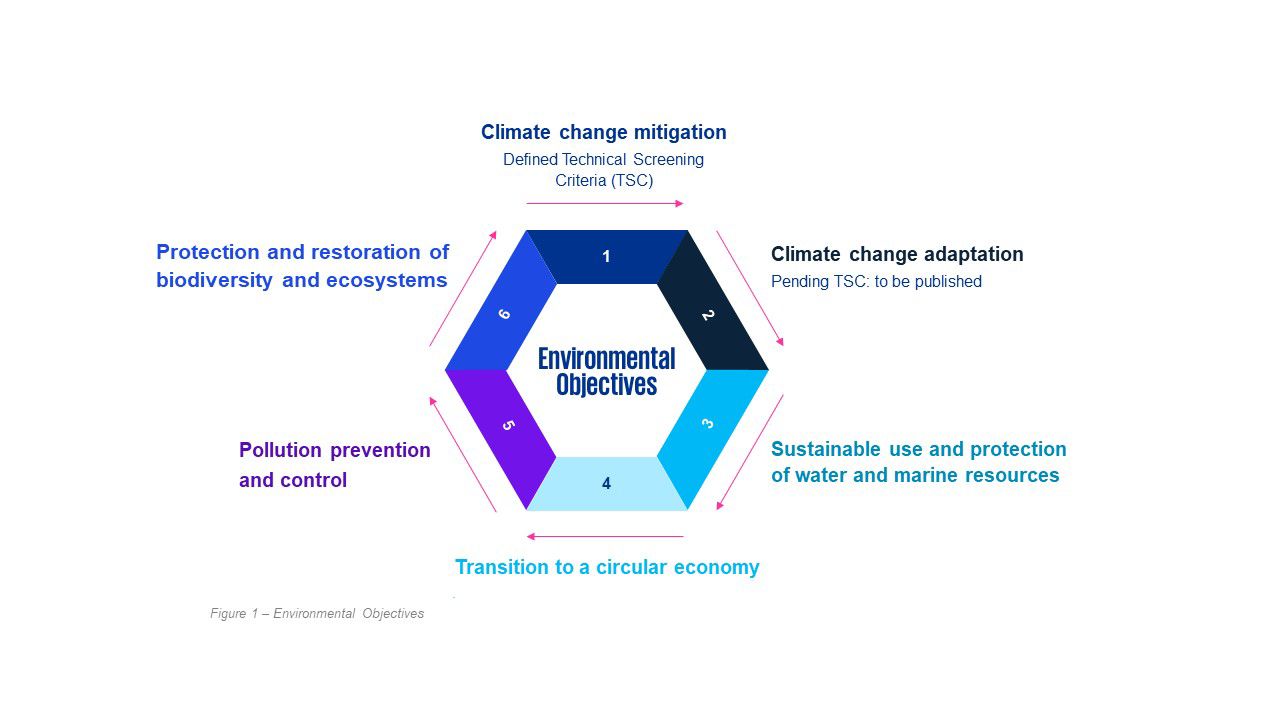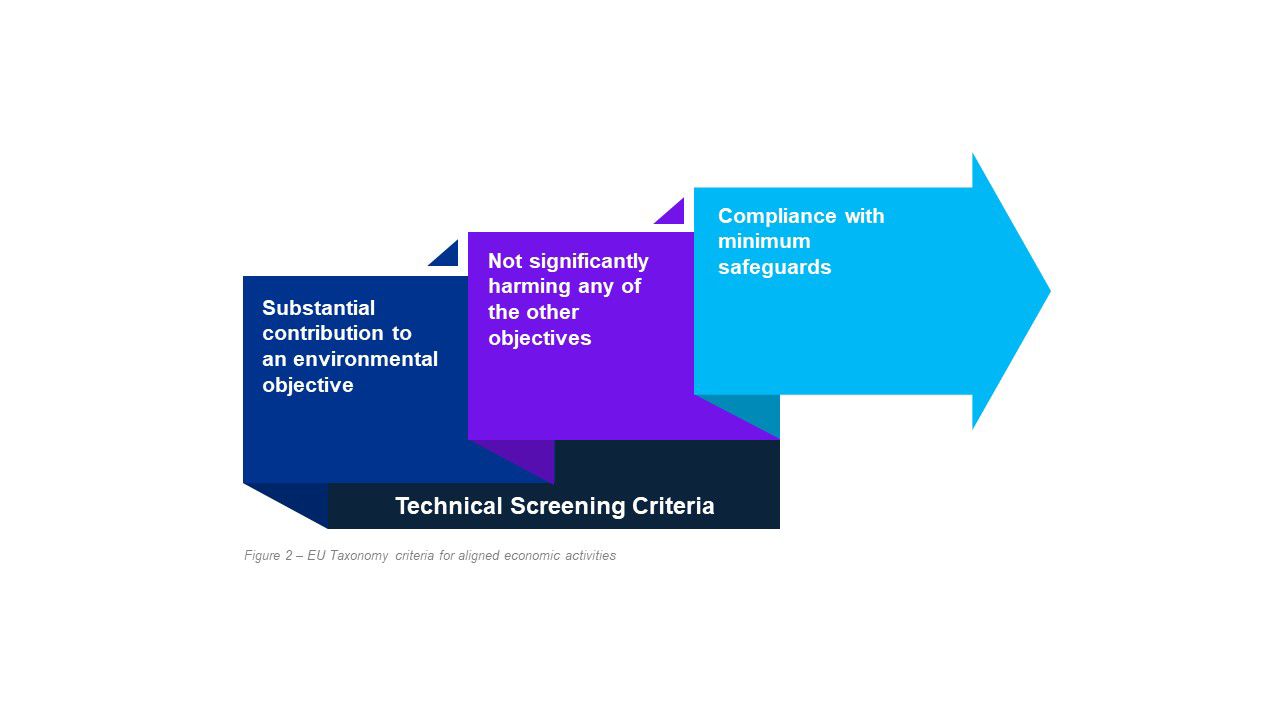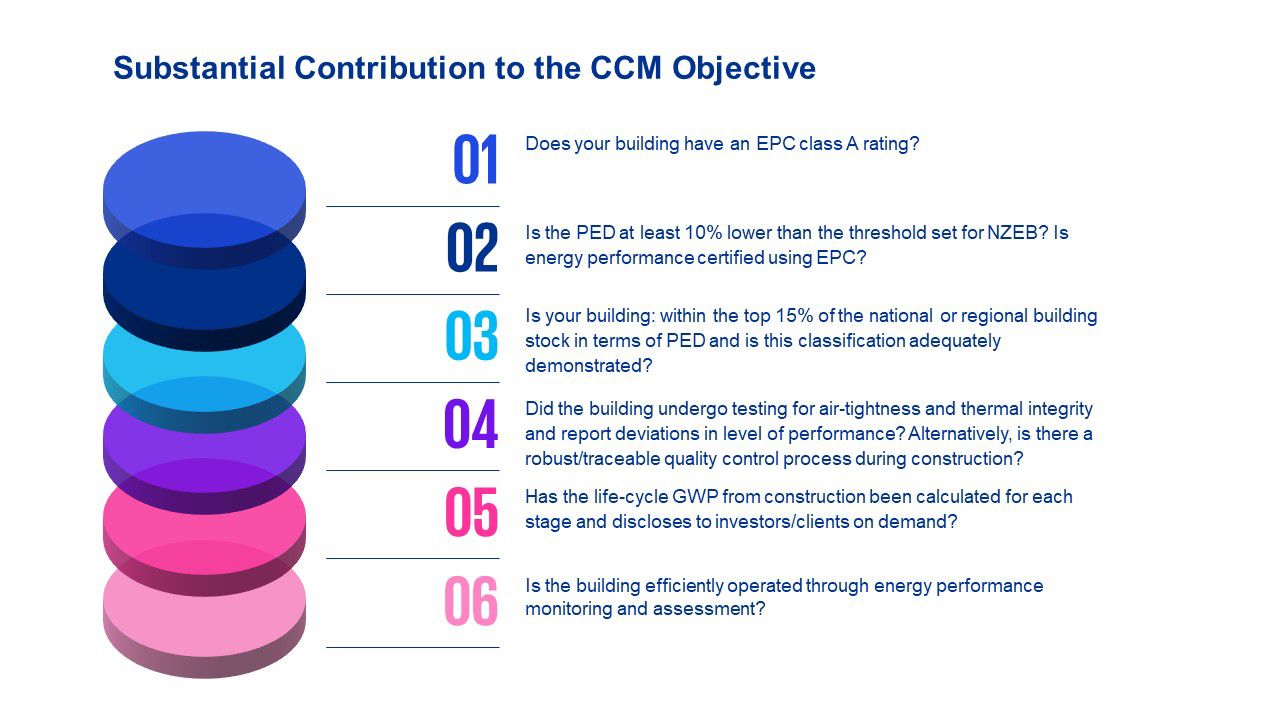Since the EU Taxonomy regulation entered into force on 1 January 2022, real estate companies have been busy not only preparing their disclosures but also getting a grasp on the impact the EU Taxonomy has had on their operations and accounting processes.
While expecting clarifications from the authorities and the final regulation package, it’s a clear sign for added transparency for real estate companies.
Real estate companies should consider adding more transparency in their policies and regulations while expecting clarifications from authorities and the final regulation package.
The EU Taxonomy means growing sustainability disclosure requirements for:
- Corporate companies, who fall under the NFRD [1] and CSRD [2], to needing to report on the level of turnover, CapEx and Opex KPIs, which are eligible and aligned according to the EU Taxonomy criteria.
- Financial market participants, who offer products classified as environmentally sustainable under the SFDR [3], to report on the level of the portfolio aligned with the EU Taxonomy criteria.
What is the EU Taxonomy?
The EU Taxonomy completes the Sustainable Finance Regulatory package by providing a common language to define economic activities that are deemed to contribute to environmental objectives and to reduce the risk of greenwashing financial products. For economic activities that are within the scope of the EU Taxonomy (eligible activities) a set of Technical Screening Criteria has been defined to demonstrate substantial contribution to at least one of the six environmental objectives and for not significantly harming any of the other environmental objectives, as outlines in Figure 1.
As such, the EU Taxonomy sets out four main steps described in Figure 2, which need to be met for an eligible economic activity to be considered as an environmentally sustainable economic activity, i.e. to be considered as an aligned economic activity:
How is the EU Taxonomy impacting the real estate sector?
The real estate sector has been the primary focus for the ESG transformation as it’s responsible for 40% of energy consumption and 36% of greenhouse gas emissions in the EU. These estimations are driven by the construction, usage, renovation, and demolition of real estate assets. Therefore, real estate companies’ transformation into a sector that includes/prioritizes sustainable activities is a key step in achieving national and European carbon-neutrality targets.
Real estate companies identified as Public Interest Entity with more than 500 employees, as per NFRD, fall under the EU Taxonomy disclosure requirements for eligibility (since 2022) and alignment for every disclosure done after 1 January 2023. The CSRD will replace the NDFR for the 2024 financial year extending the obligations in terms of reporting content as well as external assurance. By 2025, large undertakings will be added, extending it to all listed companies by 2026, and certain SMEs.
How will real estate sector demonstrate eligibility and alignment with the EU Taxonomy?
EU Taxonomy eligibility
The eligible activities for both real estate and construction are grouped together and included in Section 7 of the TSC and comprises of seven activities:






